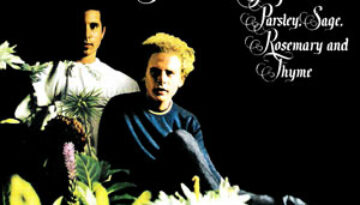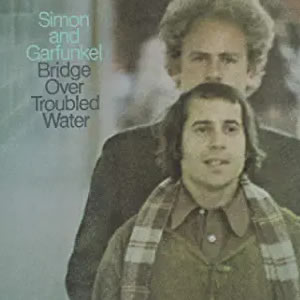Parsley Sage Rosemary Thyme
by Simon & Garfunkel
Buy Parsley Sage Rosemary Thyme Although Parsley, Sage, Rosemary and Thyme is officially the third album by Simon & Garfunkel, they certainly did not take the traditional path to get to this point. […]


